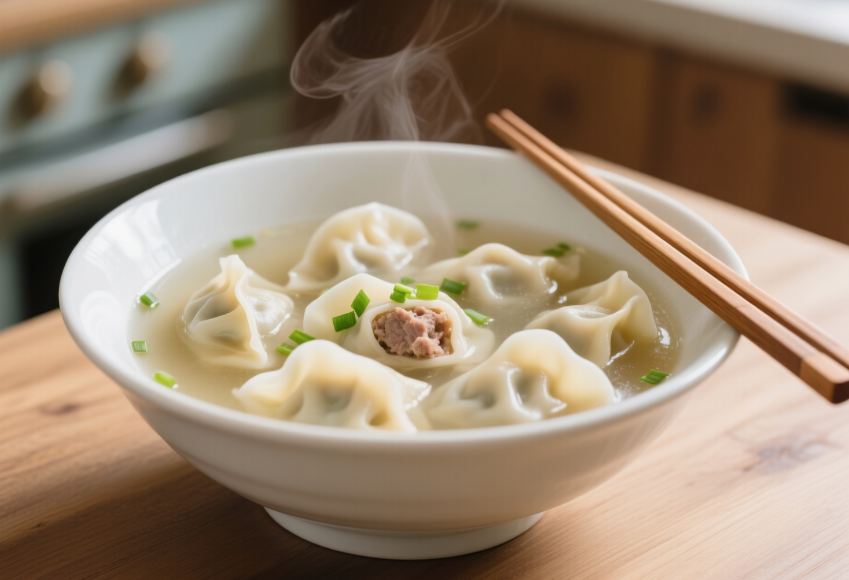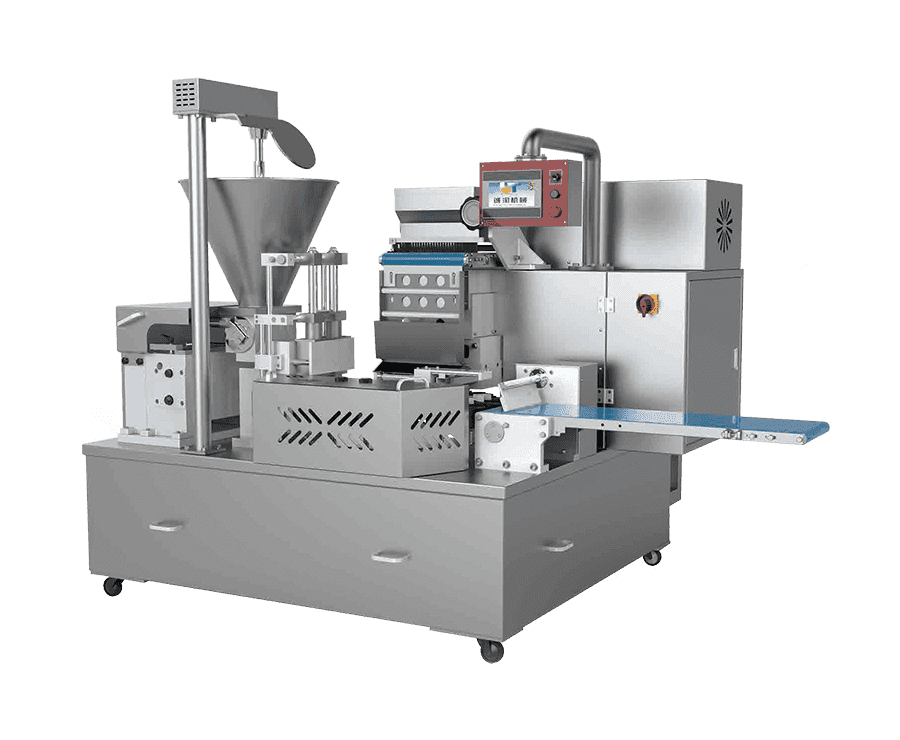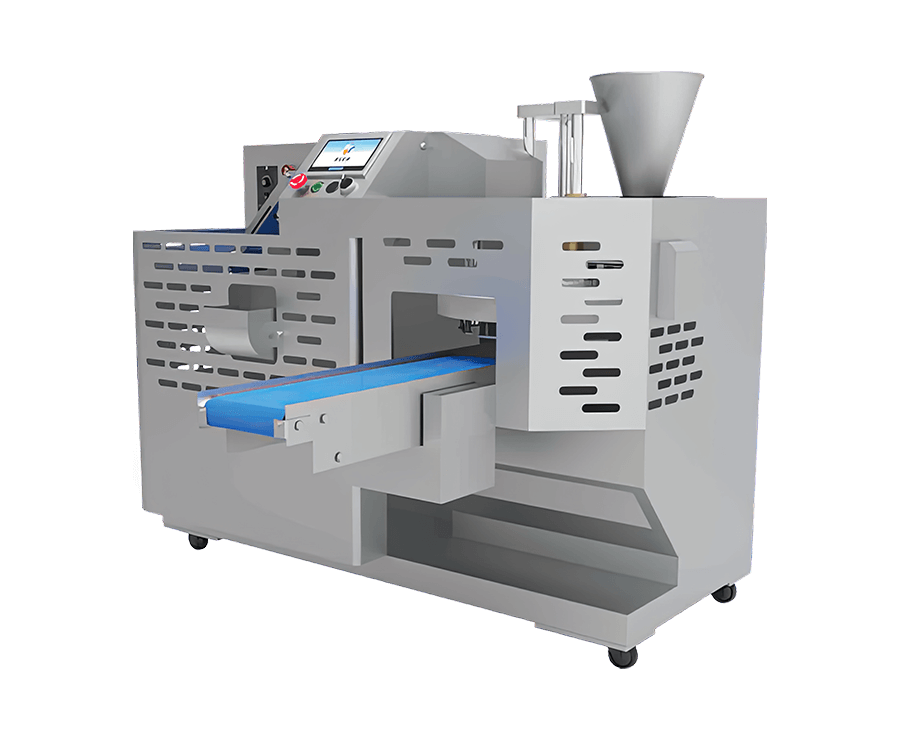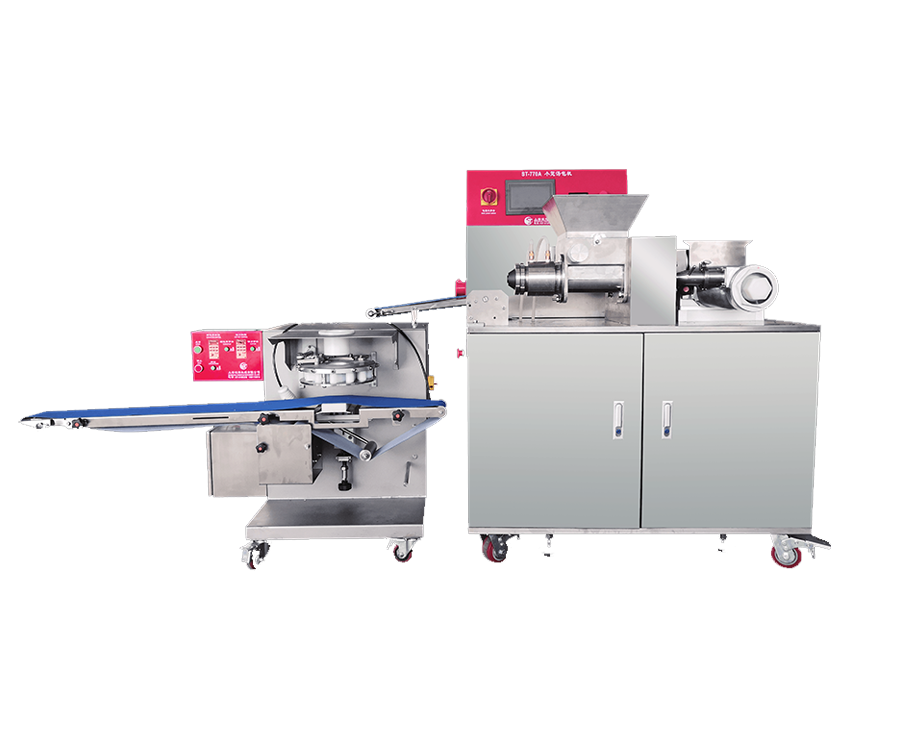How a Wonton Wrapping Machine Can Save Time and Labor in Your Kitchen
In any high-volume kitchen, efficiency is key. When it comes to preparing delicate items like wontons, manual wrapping can be a time-consuming process, requiring precision, skill, and often a lot of hands-on effort. This is where a wonton wrapping machine comes in.

Here’s a look at how this specialized equipment can save both time and labor, making your kitchen operations smoother and more cost-effective:
1. Increased Production Speed
Wrapping wontons by hand is slow. It involves carefully folding and sealing each piece, a task that can take a significant amount of time, especially when you’re making hundreds or thousands. A wonton wrapping machine, on the other hand, can wrap dozens or even hundreds of wontons per minute, drastically speeding up the production process.
2. Consistent Quality and Uniformity
One of the challenges of hand-wrapping wontons is achieving uniformity. With manual labor, no two wontons will be exactly the same size or shape. Wonton wrapping machines ensure that every wonton is consistently wrapped to the same specifications, giving your products a professional look and feel, which is especially important in the restaurant and food service industry.
3. Reduced Labor Costs
When you rely on skilled workers to wrap wontons by hand, you're paying for both their time and their expertise. By automating this process, you can reduce the number of workers needed for wrapping and instead direct those labor resources to other parts of the kitchen, like filling, frying, or customer service. The result is a more cost-effective operation overall.
4. Minimized Human Error
Human hands can sometimes falter when working at speed, leading to mistakes such as poorly sealed wontons or inconsistent sizes. A wonton wrapping machine eliminates these errors, ensuring that every piece is wrapped correctly and securely. This not only improves the appearance and quality of your food but also reduces waste and product loss.
5. Reduced Worker Fatigue
Wrapping wontons by hand is repetitive work that can lead to fatigue, especially during long hours or in high-demand periods. A machine takes over the monotonous task, allowing your staff to focus on other kitchen duties. This can improve overall morale and reduce the risk of injury or burnout from repetitive motion.
6. Better Portion Control
Wonton wrapping machines often come with adjustable settings that allow you to control the size of the wonton wrapper, ensuring that each piece has the right amount of filling and dough. This helps in portion control, which is important for both cost management and consistency in the end product.
7. Increased Flexibility and Scalability
A wonton wrapping machine can be set up to handle a variety of filling types and wrapper sizes, giving you the flexibility to adjust to customer demands or menu changes. If your business starts to grow, this scalability allows you to ramp up production without needing to hire additional staff.
8. Lower Operational Costs Over Time
While there is an upfront cost to purchasing a wonton wrapping machine, the long-term savings in labor, reduced waste, and increased production efficiency can make it a wise investment. Many businesses find that the machine pays for itself within a relatively short time due to the reduction in labor costs and the ability to produce more with less effort.
Conclusion
Investing in a wonton wrapping machine offers significant time and labor savings, allowing your kitchen to operate more efficiently and focus on other critical tasks. By automating this crucial part of the process, you’ll not only improve consistency and reduce errors but also create a more sustainable and profitable operation. Whether you’re a small business looking to scale up or a larger kitchen in need of greater efficiency, a wonton wrapping machine could be the key to boosting your productivity and profitability.

 English
English Español
Español Français
Français русский
русский عربى
عربى






Contact Us